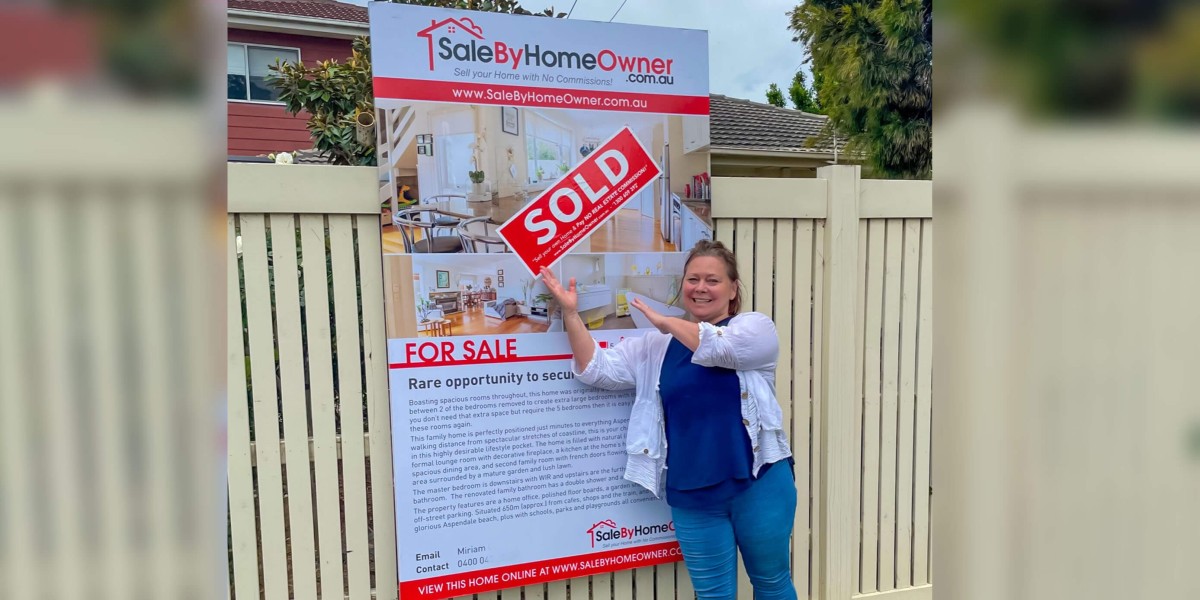Selling land yourself is an increasingly popular choice for property owners who want to save on commissions and retain full control over the sales process. While it may seem daunting at first, managing the paperwork is entirely achievable with the right guidance and resources. At Sale by Home Owner Australia, we empower property owners with the knowledge and tools they need to successfully navigate private sales. Let’s explore how you can handle all the paperwork when selling land yourself.
Understanding the Paperwork Involved
Selling land involves several legal documents to ensure a smooth and compliant transaction. These documents protect both you and the buyer while meeting state and territory regulations. Here are the key pieces of paperwork you’ll need to prepare:
- Contract of Sale: This legally binding document outlines the terms and conditions of the sale, including the agreed-upon price, deposit, and settlement date.
- Vendor’s Statement (or Disclosure Statement): Required in some states, this document provides important details about the property, such as zoning, easements, and rates.
- Title Documents: You must provide evidence that you own the land and have the legal right to sell it.
- Tax and Utility Information: Sharing information about rates, taxes, and utilities helps ensure transparency with buyers.
Do You Need a Conveyancer or Solicitor?
While you can handle much of the paperwork yourself, enlisting the services of a conveyancer or solicitor is highly recommended. These professionals specialize in property law and can review contracts, ensure compliance, and manage the transfer of ownership. At Sale by Home Owner Australia, we encourage sellers to seek legal advice to avoid potential complications.
Steps to Handle the Paperwork
1. Research Your State’s Requirements
Each state and territory in Australia has unique legal requirements for property transactions. Familiarize yourself with these regulations to ensure your sale proceeds smoothly.
2. Draft the Contract of Sale
You can draft this document with the help of a template or by working with a solicitor. Ensure it includes all relevant details, such as the purchase price, property description, and any special conditions.
3. Prepare the Vendor’s Statement
If required in your state, gather all the necessary information about the property and compile it into a Vendor’s Statement. Accurate and thorough disclosure builds trust with buyers.
4. Collaborate with a Conveyancer or Solicitor
Even if you’re confident about handling the paperwork, a professional can provide peace of mind. They’ll ensure all documents comply with legal standards and handle the lodgment of official forms.
5. Organize Title Transfer Documents
After the sale is agreed upon, you’ll need to transfer the title to the buyer. Your conveyancer or solicitor will guide you through this process and lodge the necessary documents with the Land Titles Office.
Why Choose Sale by Home Owner Australia?
At Sale by Home Owner Australia, we provide the resources you need to sell land yourself confidently. From professional listing services to helpful advice, we make private sales straightforward and stress-free. By taking control of the process and staying organized, you can manage all the paperwork with ease.
Conclusion
Handling the paperwork when selling land yourself is entirely possible with careful preparation and the right support. With platforms like Sale by Home Owner Australia, you can successfully navigate the legal requirements and achieve a smooth, cost-effective sale. Take control of your property journey today!
Naijamatta is a social networking site,
download Naijamatta from Google play store or visit www.naijamatta.com to register. You can post, comment, do voice and video call, join and open group, go live etc. Join Naijamatta family, the Green app.
Click To Download


